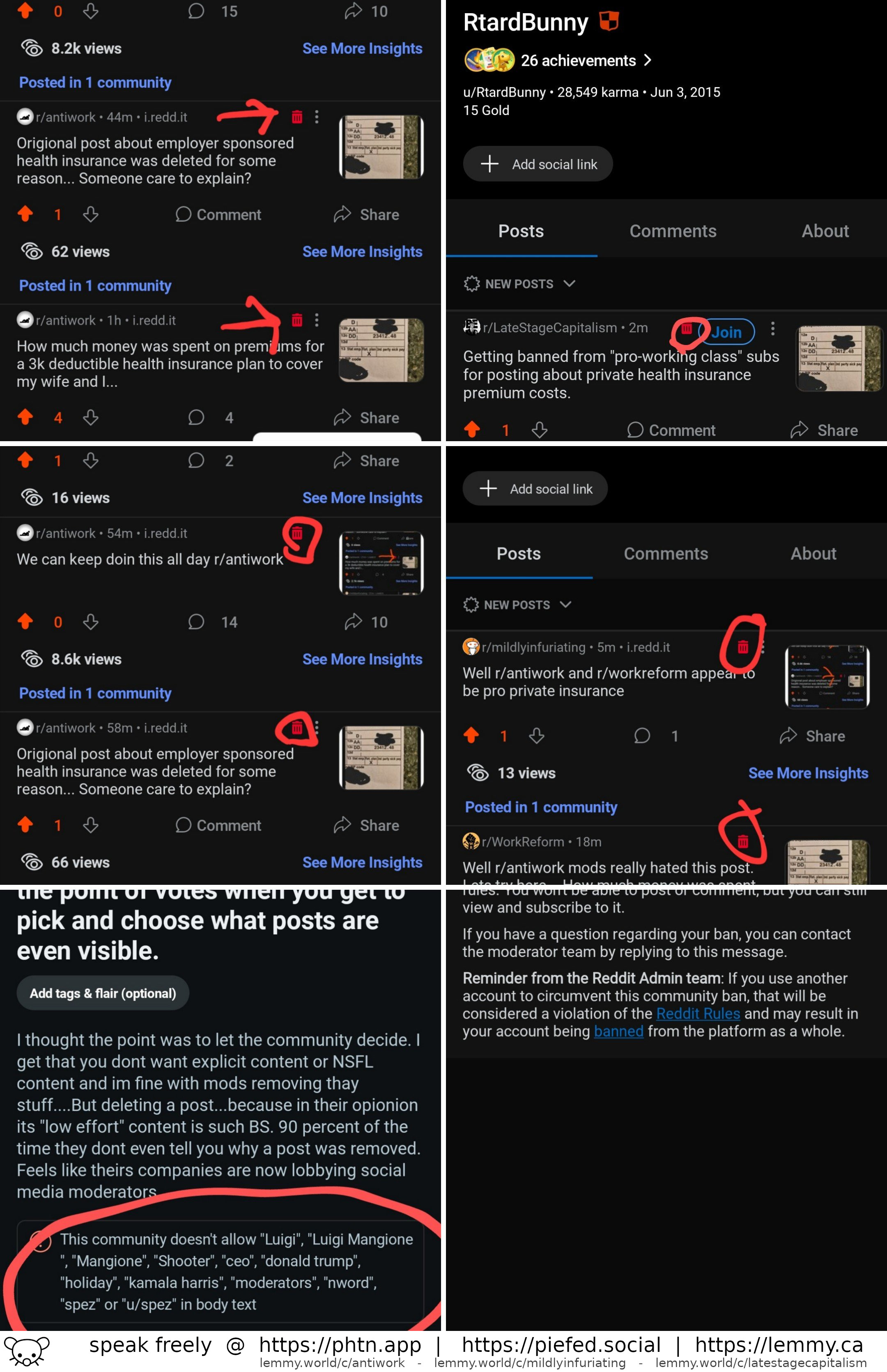There are very recent updates. Judging from this comment, some users seem to have some sort of grup support already.
I don't see it on my Pixelfed instance. I'm not sure if that's because it's still on v0.12.4 (not the newest v0.12.5), or because it needs to be enabled by the admin. I also have no idea how it currently works.

It seems some users have some sort of group functionality and have had it for "quite a while", but I don't see it myself so couldn't test it.
But yeah, groups in Pixelfed have been "just around the corner" for a while now.